Another set of meetings on Zoom? Will it really work? If we create it, will they come? Those were some of the thoughts and concerns we had as we designed the “On the Move” Fellowship which debuted in Spring 2022.
The “On the Move” Fellowship was developed by the Azrieli Graduate School of Jewish Education and Administration, in partnership with JEIC, and funded by the Mayberg Foundation. The goal was to harness the familiarity and access of Zoom and use the platform to provide opportunities to visit other schools, and learn about new innovations.
Out of nearly 40 applicants, 20 educators were selected to join the cohort. Participants committed to joining three virtual site visits during the day and five evening sessions.
Who were the participants?
The educators represented a variety of schools. Some teach elementary classes, others teach middle school or high school students. Some teach in cities with large Jewish populations, while others come from much smaller communities. Participants ranged from community schools to Orthodox Jewish day schools. Most of the schools were co-ed, some were single sex.
The educators themselves represented different levels of experience. A few were in their first years of teaching, and others had 15-20 years in the field. One educator was celebrating her 38th year of teaching! However, they all shared the desire to step out of their own classrooms and see what teachers were doing in other schools.
What schools did we visit and what innovations did we observe?
The first visit was to The Idea School in Tenafly, New Jersey. The school, which recently held its first graduation, is modeled after High Tech High in Chula Vista, California. The Idea School prides itself on being the only Jewish high school in America to fully use interdisciplinary, project-based learning (PBL). This school focuses on creative, hands-on learning as opposed to traditional tests and exams.
During this visit, the fellows had the opportunity to speak with Head of School, Tikvah Wiener, and Rabbi Tavi Koslowe, the Judaic Studies Principal. They discussed and explained the educational philosophy and rationale of the school. Perhaps the most powerful part of the visit was meeting the students and hearing them explain their projects–what they made, how they made it, and what learning was being represented.
The fellows were impressed. They commented on the diversity of the work, the amount of student choice, and the pride the students took in their work as well as the overall student engagement. They also noted that even though it seemed to require much work on their part, the teachers were very excited.
The second visit was to Fuchs Mizrachi in Cleveland, Ohio, to learn about Lifnai V’lifnim. Lifnai V’lifnim, developed by Rabbi Dov and Yishai Singer from Yeshivat Makor Chaim in Israel, creates the opportunity for teachers and students to develop their spiritual connection with God by forming their inner world, and by developing relationship skills with one another.
The fellows watched two classes that were conducting havrutah sessions using Pedagogy of Partnership and were impressed by the focus of the students and their honesty. They also remarked on how the curriculum adds to the overall learning of the class.
The third visit was to the Milton Gottesman Jewish Day School of the Nation’s Capital to learn more about Pedagogy of Partnership [PoP]. This research-based pedagogy was developed by Dr. Orit Kent and Allison Cook. It seeks to guide learners toward using concrete tools to improve their communication and interpretive skills and be better able to seek understanding, work collaboratively, and engage with their studies as ongoing sources of wisdom and instruction. Students are trained to work together, listen to what the other has to say, and to encourage one another to use the text to support their opinion. There is also an emphasis on respect for the text for what it has to say (rather than what they want it to say).
The fellows were amazed by the excitement that manifested the classroom, the focus the students had during their havrutah time, the depth of the students’ reflections, and how young the students were and how mature their behavior. Summ3r#20
What did we all learn?
First and foremost, we learned to think in new ways about educating students to ensure that students are authentically engaged. We learned about the importance of offering student choice and of teaching students about positive ways to interact with one another. And finally, we learned we could create a dynamic cohort even though we were only virtually present in the same Zoom.
The conversation continues:
The fellowship officially concluded in May, but the conversation continues:
Shared resources: The fellows had a choice of what to bring back to their school–either sharing the information in a presentation for professional development, or designing a sample lesson unit to use in their classroom. As a result, we have a cache of different presentations and units that everyone can access.
WhatsApp: One of the fellows created a WhatsApp group for the cohort. The fellows post questions and offer suggestions. They share articles of interest and inform one another about professional development opportunities.
In schools: Several of the fellows have reached out to one or more of the programs they observed in regards to bringing full training into their schools.
We believe that this pilot program achieved our goals, which include: exposing in-service teachers to a variety of student-centered pedagogies, creating excitement that may include incorporating something from one of these pedagogies within their own practice, and of creating an ongoing cohort of motivated, far-sighted, and dedicated teachers.

